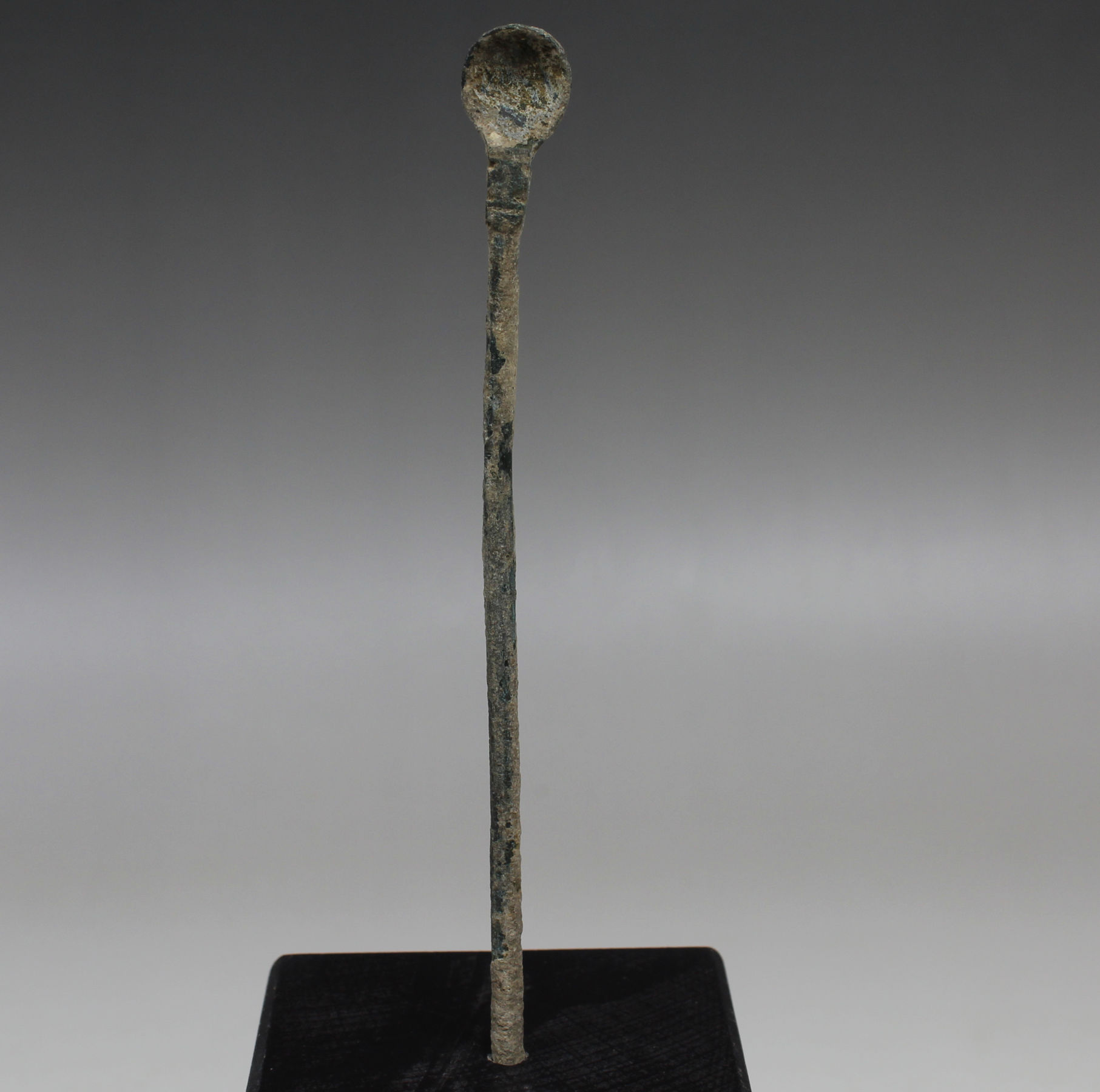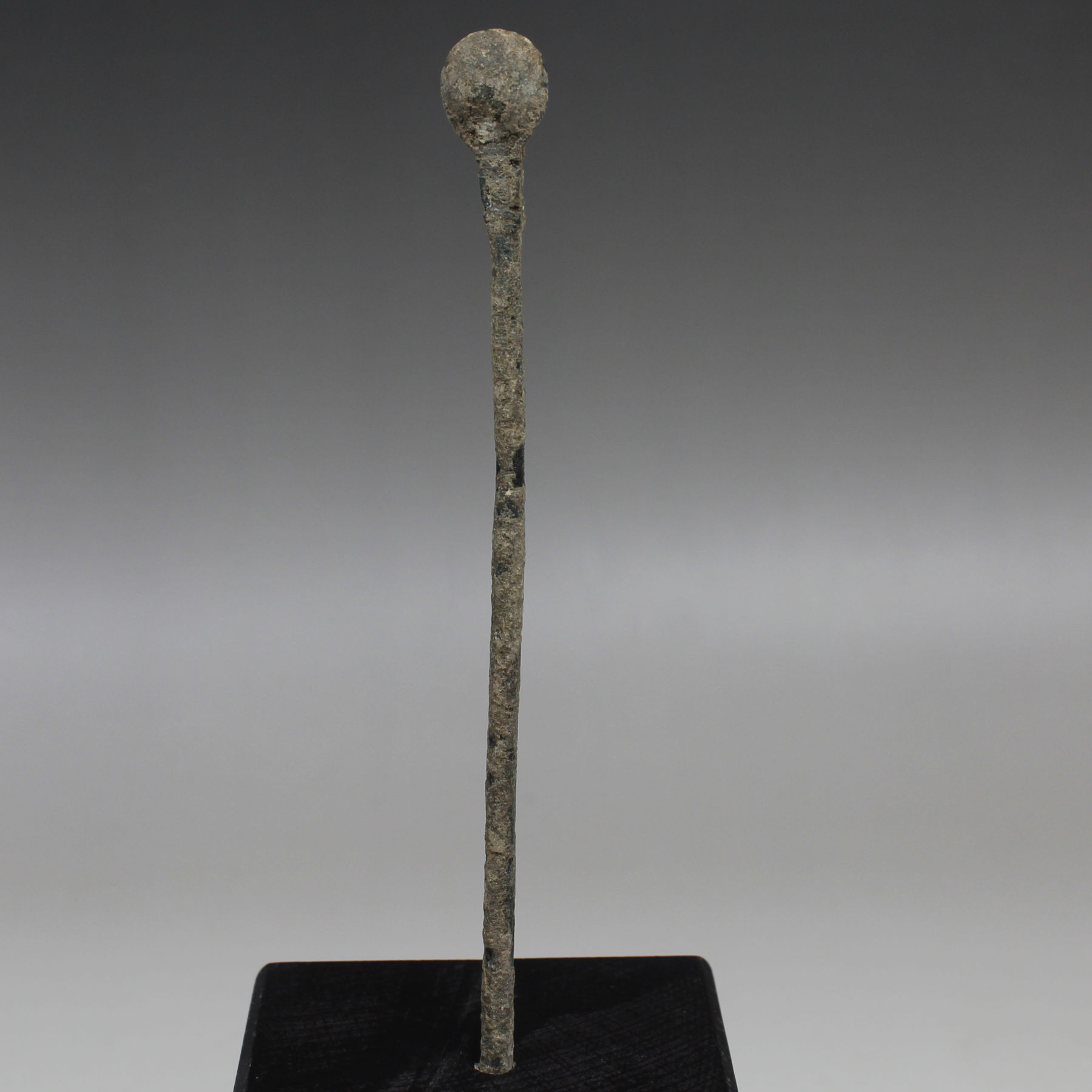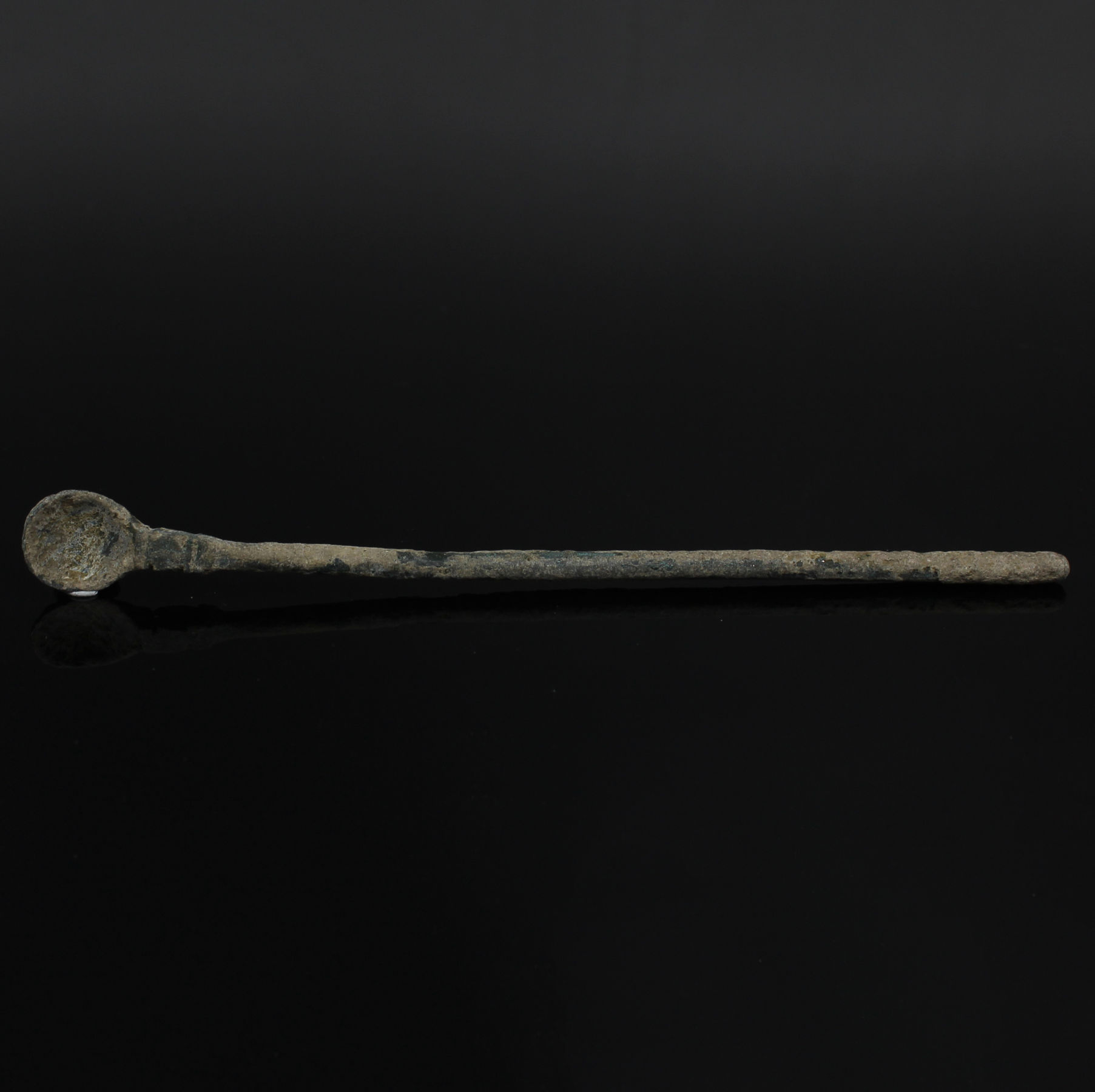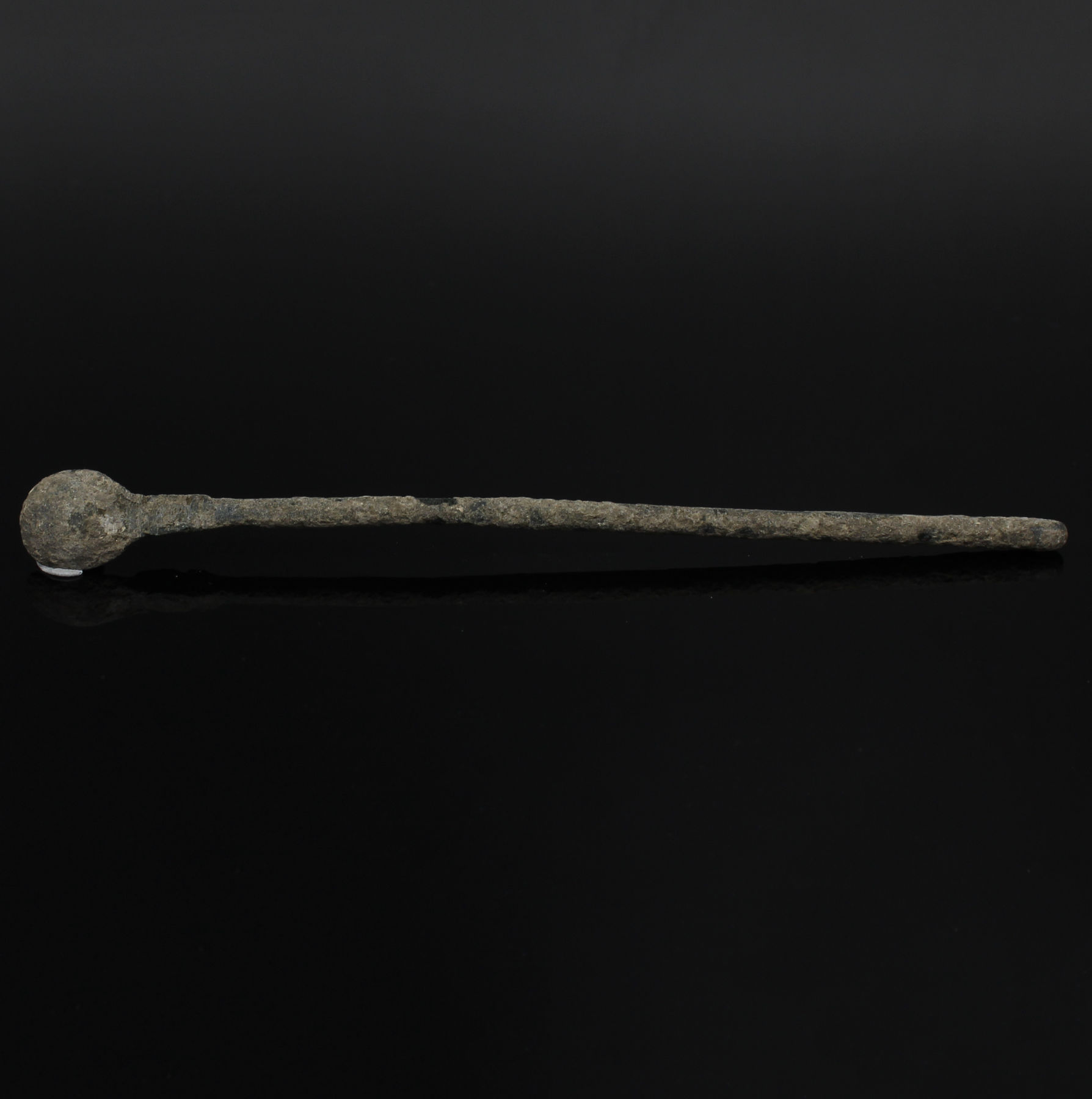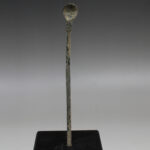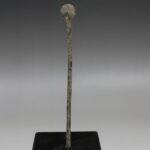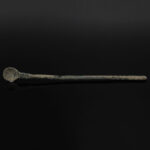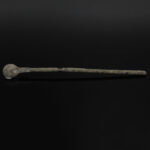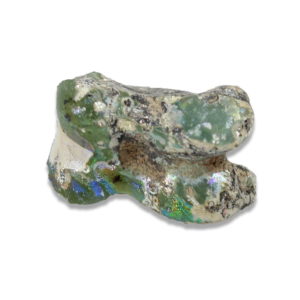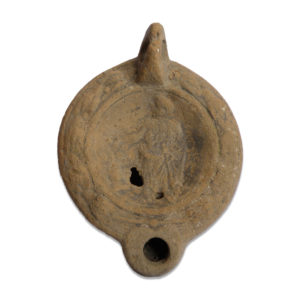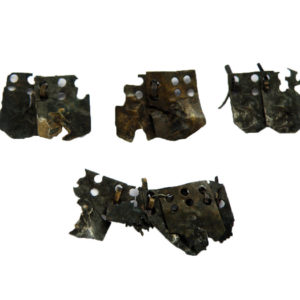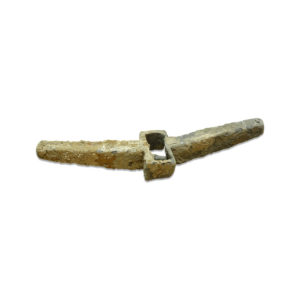Description
| ITEM | Medical instrument, ear probe (ligulae) |
| MATERIAL | Bronze |
| CULTURE | Roman |
| PERIOD | 1st – 3rd Century A.D |
| DIMENSIONS | 124 mm x 12 mm |
| CONDITION | Good condition |
| PROVENANCE | Ex Polish private collection, E., Ex Germany private collection acquired before 2003 |
Roman bronze medical instruments, meticulously fashioned with skill and care, epitomize the sophistication of ancient healthcare. These robust implements, encompassing scalpels, forceps, and probes, manifest the Romans’ dedication to surgical precision and patient well-being. These tools played pivotal roles in an array of medical procedures, from intricate surgeries to wound management, underscoring the Romans’ unwavering commitment to the practice and science of healing. In contemporary times, these relics remain enduring symbols of the enduring influence of Roman medicine and surgical prowess.
These instruments are generally called ligulae. However, given the Latin name, ear probe is also correct. There are two types those with flat ends and those with small round spoon-scoped ends (Braadbaart 1994b: 54; Jackson 1994b: 181; Künzl 1983: 27-8; Milne 1907: 63). They have thin handles that terminate in blunt points on one end, whilst the utility end has a small, flat slanted circular head which is generally quite small, but does sometimes measure to five or six millimetres in width, but can still fit into the ear. For medical purposes they were dipped in resin and could have been used to remove foreign bodies from the ear such as maggots (Cels. 6. 7. 5)


